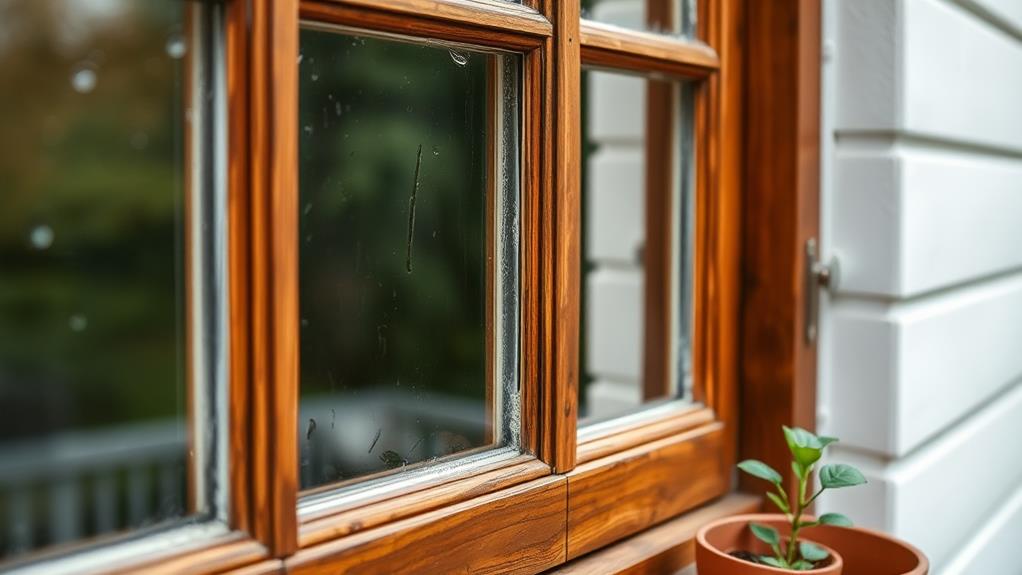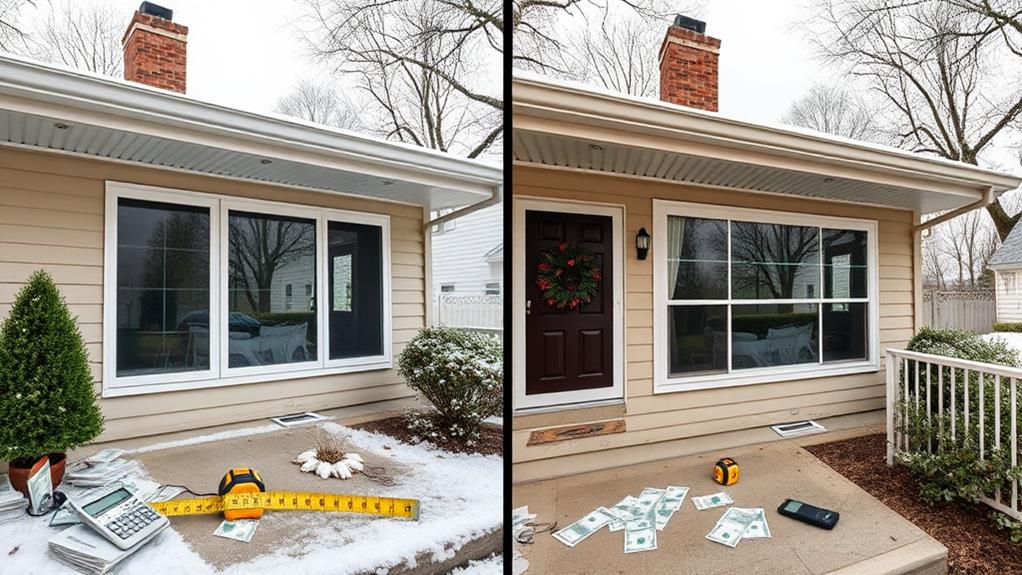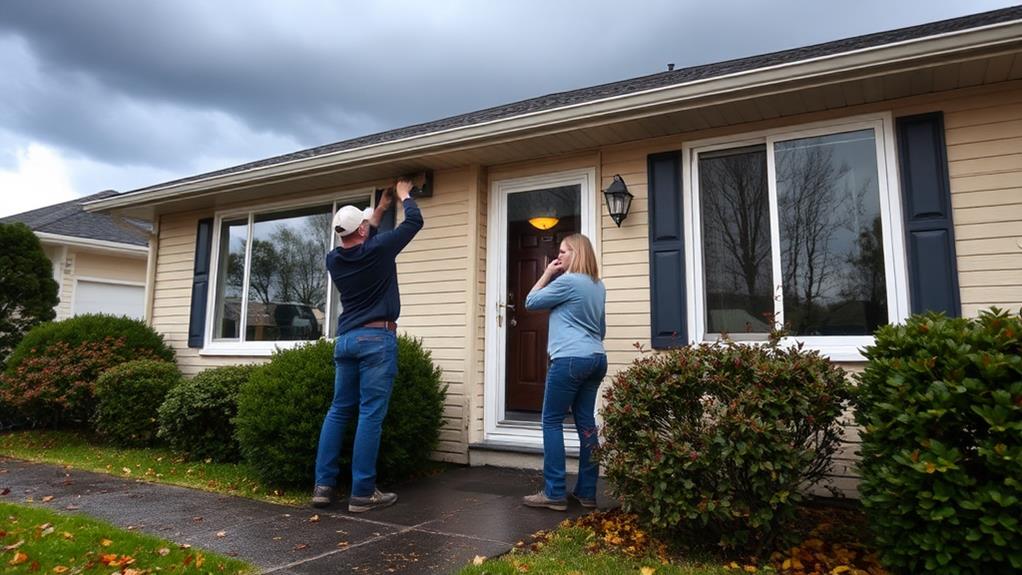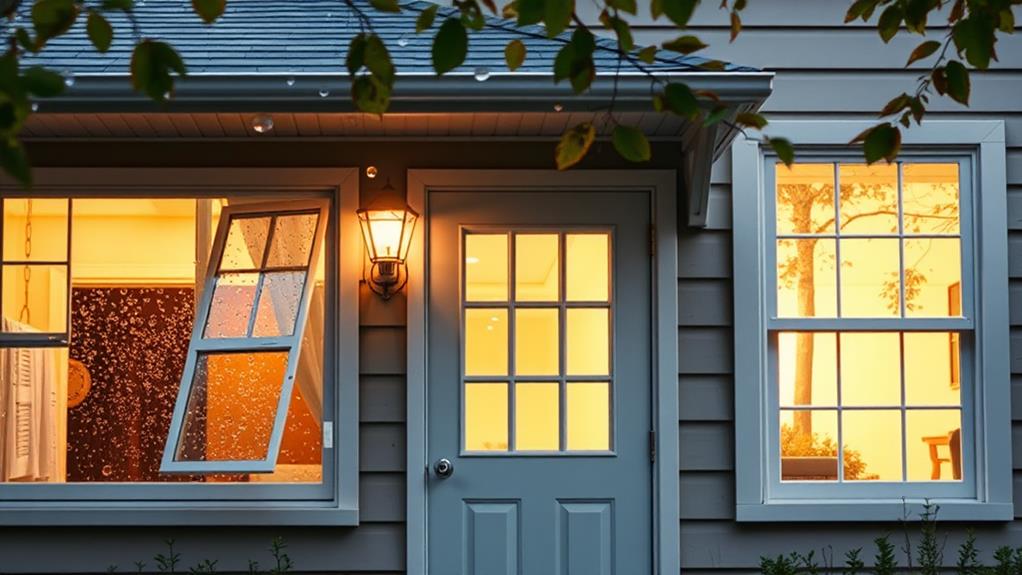Storm windows and doors remain relevant in 2023, offering a cost-effective way to boost your home's energy efficiency and protect existing windows and doors. They can reduce heat loss by 25-50% in older homes, potentially saving you 10-20% on heating and cooling costs. While modern alternatives like double-pane windows may outperform them, storm products are still ideal for historic homes, rentals, and tight budgets. They're also great for areas with extreme weather or temperature fluctuations. With a lifespan of 20-30 years and relatively low installation costs, storm windows and doors can be a smart investment. Consider your specific circumstances to determine if they're right for you.
Understanding Storm Windows and Doors

Storm windows and doors are additional layers of protection installed over existing windows and doors. They're designed to enhance energy efficiency, reduce drafts, and provide an extra barrier against harsh weather conditions. You'll find that storm windows typically consist of a frame holding glass or plastic panels, while storm doors are sturdy structures with their own frames and often feature interchangeable screens and glass panels.
These protective additions serve multiple purposes. They help insulate your home by creating an air pocket between the storm unit and your primary window or door. This trapped air acts as a buffer, reducing heat transfer and improving your home's overall thermal performance. Storm windows and doors also shield your main windows and doors from direct exposure to the elements, potentially extending their lifespan.
You can choose from various types of storm windows and doors, including interior and exterior models, as well as temporary or permanent installations. Some modern versions offer low-emissivity coatings or double-pane glass for enhanced energy efficiency. When considering storm windows and doors, you'll need to weigh factors such as your climate, existing window and door conditions, and desired energy savings.
Energy Efficiency Comparison
When comparing energy efficiency, it's important to consider how storm windows and doors stack up against other options. Storm windows can reduce heat loss by 25-50% when installed over single-pane windows. They're particularly effective in older homes with original windows, providing a cost-effective alternative to full window replacement.
However, modern double-pane or triple-pane windows often outperform storm windows in energy efficiency. These newer windows have better insulation properties and can reduce heat loss by up to 50-70%. They also offer improved sound insulation and UV protection.
For doors, storm doors can add an extra layer of insulation, potentially reducing heat loss by 10-15%. They're especially useful when your main door isn't well-insulated. But again, modern energy-efficient doors with built-in insulation and weatherstripping may perform better overall.
When deciding between storm windows/doors and newer options, consider factors like your home's age, climate, and budget. While storm products can significantly improve energy efficiency in older homes, newer windows and doors might be a better long-term investment for maximum energy savings in modern constructions.
Cost-Benefit Analysis

To determine if storm windows and doors are worth the investment, you'll need to weigh their costs against potential benefits. The initial expense can range from $200 to $1,000 per window or door, depending on quality and customization. Installation costs may add another $50 to $100 per unit. However, these upfront costs can be offset by long-term energy savings.
You can expect to reduce your heating and cooling costs by 10-20% with storm windows and doors. In colder climates, the savings may be even higher. Consider your current energy bills and calculate potential annual savings. Factor in the lifespan of storm windows and doors, which typically last 20-30 years with proper maintenance.
Don't forget to account for increased comfort and reduced drafts. Storm windows and doors can also extend the life of your primary windows and doors by protecting them from the elements. Additionally, they may increase your home's value and curb appeal. Some regions offer tax incentives or rebates for energy-efficient upgrades, further improving the cost-benefit ratio. Ultimately, the decision depends on your specific circumstances, climate, and long-term plans for your home.
Modern Alternatives
In light of technological advancements, several modern alternatives to traditional storm windows and doors have emerged. You'll find that energy-efficient replacement windows and doors are now popular choices. These options often feature double or triple-pane glass with low-emissivity coatings, which significantly improve insulation and reduce energy costs.
Another alternative you might consider is window film. This thin, transparent material can be applied to existing windows, enhancing their insulation properties and UV protection. It's a cost-effective solution that doesn't require replacing your current windows.
For doors, you can opt for fiberglass or steel entry doors with built-in weatherstripping and insulation. These materials offer better durability and energy efficiency compared to traditional wooden doors.
Smart windows are a cutting-edge option you might explore. These technologically advanced windows can change their tint or opacity in response to external conditions, optimizing energy efficiency and comfort.
Lastly, you may want to look into cellular shades or thermal curtains. While not direct replacements for storm windows, these window treatments can significantly improve insulation and reduce heat loss, offering a more flexible and aesthetically pleasing alternative to traditional storm solutions.
Ideal Scenarios for Installation

Despite the availability of modern alternatives, storm windows and doors remain relevant in certain scenarios. You'll find them particularly useful if you own a historic home where replacing original windows isn't an option due to preservation requirements. They're also ideal for rental properties, as they provide an affordable way to improve energy efficiency without a full window replacement.
If you live in an area prone to severe weather, storm windows and doors offer additional protection against high winds and flying debris. They're also a good choice if you're on a tight budget but want to enhance your home's insulation. You'll benefit from installing storm windows and doors if your existing windows are in good condition but lack energy-efficient features.
For homeowners in regions with extreme temperature fluctuations, these additions can help regulate indoor climate more effectively. If you're looking for a quick and reversible solution to reduce drafts and noise, storm windows and doors are an excellent option. They're also worth considering if you want to extend the life of your current windows and doors while improving their performance.
Conclusion
You've made it through the whirlwind of storm window wisdom! Congratulations, you're now equipped to battle the elements like a true meteorological warrior. But let's face it, in today's world of high-tech alternatives, clinging to storm windows is like using a sundial to check the time. Unless you're living in a museum or secretly hoping for that authentic, drafty Victorian experience, it's time to embrace the future. Your heating bill will thank you.

